Die casting is a highly efficient manufacturing process used to produce complex and precise metal components, and it plays a crucial role in our foundry’s offerings. This method involves forcing molten metal into a pre-designed mold, or die, under high pressure, resulting in exceptionally accurate parts with superior surface finishes. Die casting is particularly advantageous for producing high volume production runs, as it enables rapid manufacturing while maintaining tight tolerances. Our foundry specializes in using advanced die casting techniques for materials such as aluminum, zinc, and magnesium, which are ideal for lightweight yet durable applications. The process allows for intricate designs that would be challenging to achieve with traditional casting methods, making it a popular choice in industries such as automotive, aerospace, and consumer products. Moreover, die casting minimizes waste by maximizing material usage, contributing to cost effectiveness and environmental sustainability. By leveraging the latest technology and skilled craftsmanship, we ensure that every die-cast component meets our rigorous quality standards, providing our clients with reliable solutions that enhance their product performance and longevity.
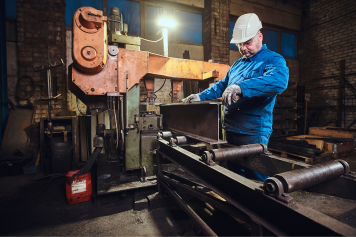
Our die casting process ensures high precision and accuracy, meeting stringent requirements of various industries. With advanced technology, we deliver components that exceed quality standards.
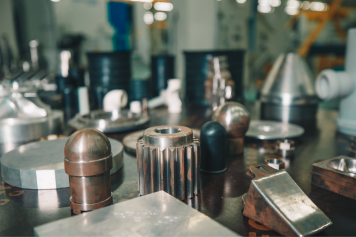
Our die casting process offers cost effective production by minimizing waste and reducing cycle times. This efficiency allows us to deliver high quality components at benefiting bottom lines.
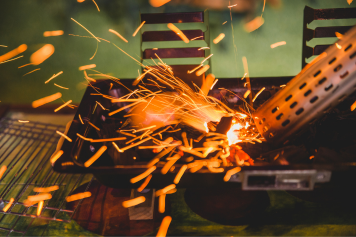
Our die casting process maximizes material efficiency by utilizing precision molds that minimize waste. This approach not only reduces costs but also supports sustainable manufacturing practices.
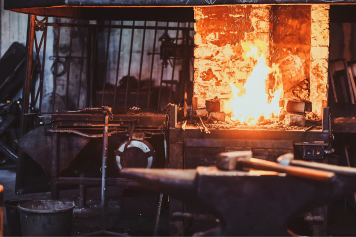
Our advanced die casting solutions enable lightweight construction, producing strong and durable yet lightweight components that significantly enhance performance.
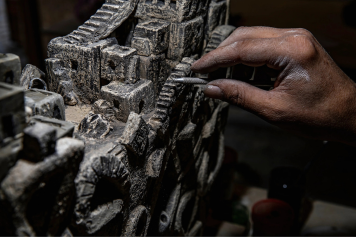
Our die casting process offers versatile material options, including high quality aluminum, zinc, and magnesium alloys, tailored to meet specific application needs.

Our die casting process achieves high production rates, enabling rapid and efficient manufacturing of components to meet demanding project timelines effectively.
Designing parts for die casting requires a careful balance of functionality, manufacturability, and cost effectiveness. The process begins with understanding the specific requirements of the application, including load bearing capacity, thermal properties, and aesthetic considerations. Effective die casting design typically features uniform wall thickness to ensure consistent cooling and minimize the risk of defects, such as warping or cracking. Additionally, incorporating draft angles into the design facilitates easier removal of parts from the die, enhancing efficiency during production. Engineers must also consider the placement of gates and vents to optimize material flow and prevent air entrapment, which can compromise the quality of the final product.
Die casting is a versatile manufacturing process that can be categorized into several types, each suited for specific applications and materials. The two primary methods are hot chamber and cold chamber die casting. Hot chamber die casting is ideal for low melting-point metals, such as zinc and magnesium, where the injection mechanism is submerged in molten metal, allowing for rapid production cycles and increased efficiency. This method is well suited for high volume production runs of complex parts with intricate designs. Conversely, cold chamber die casting is used for metals with higher melting points, such as aluminum and copper. In this process, the metal is melted in a separate furnace and then injected into the die, which allows for greater flexibility in material choice and is often preferred for larger parts that require enhanced structural integrity. High pressure die casting offers exceptional precision and surface finish, making it suitable for automotive and aerospace applications, while low-pressure die casting is beneficial for larger components that require uniform density and reduced porosity.